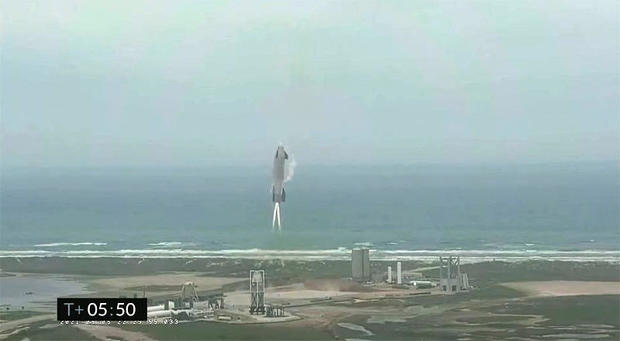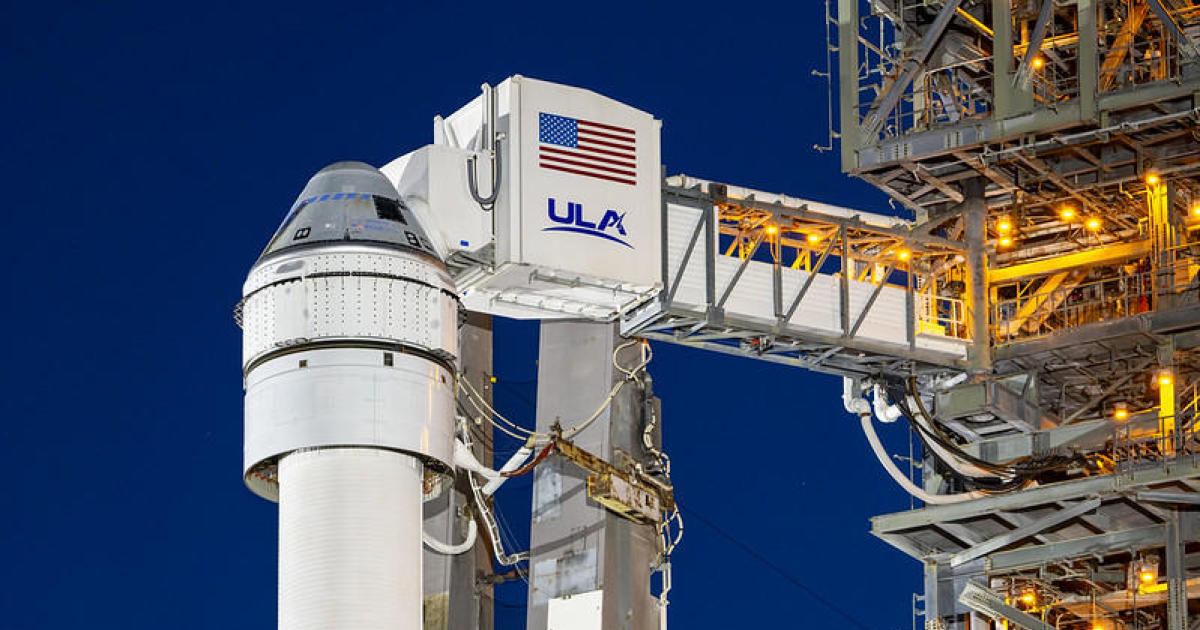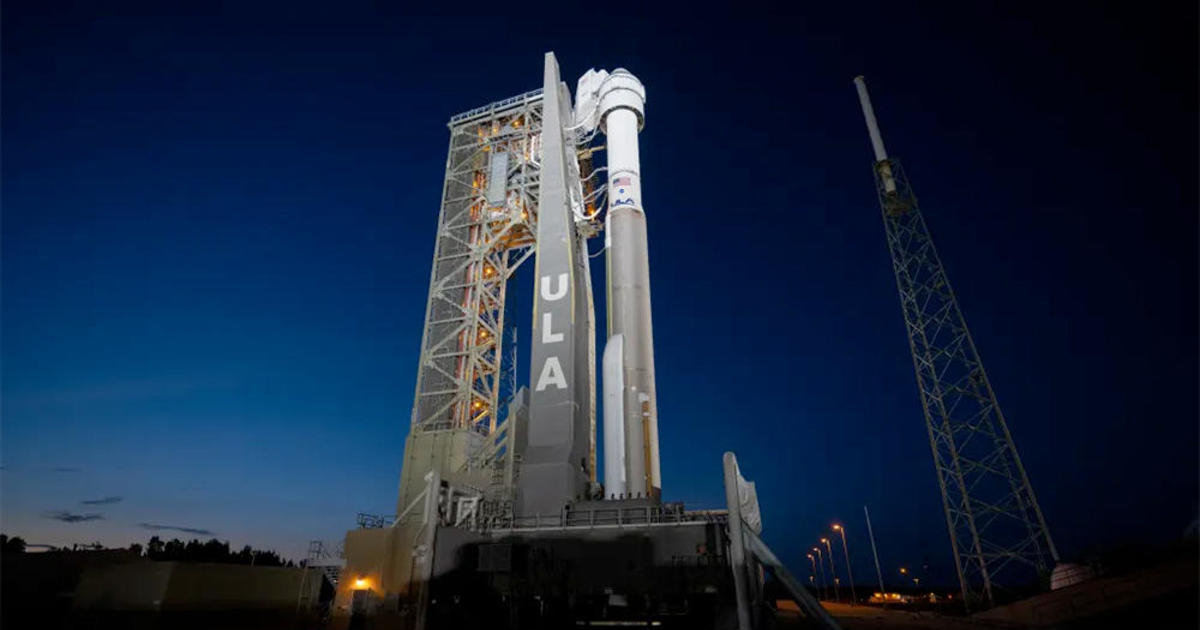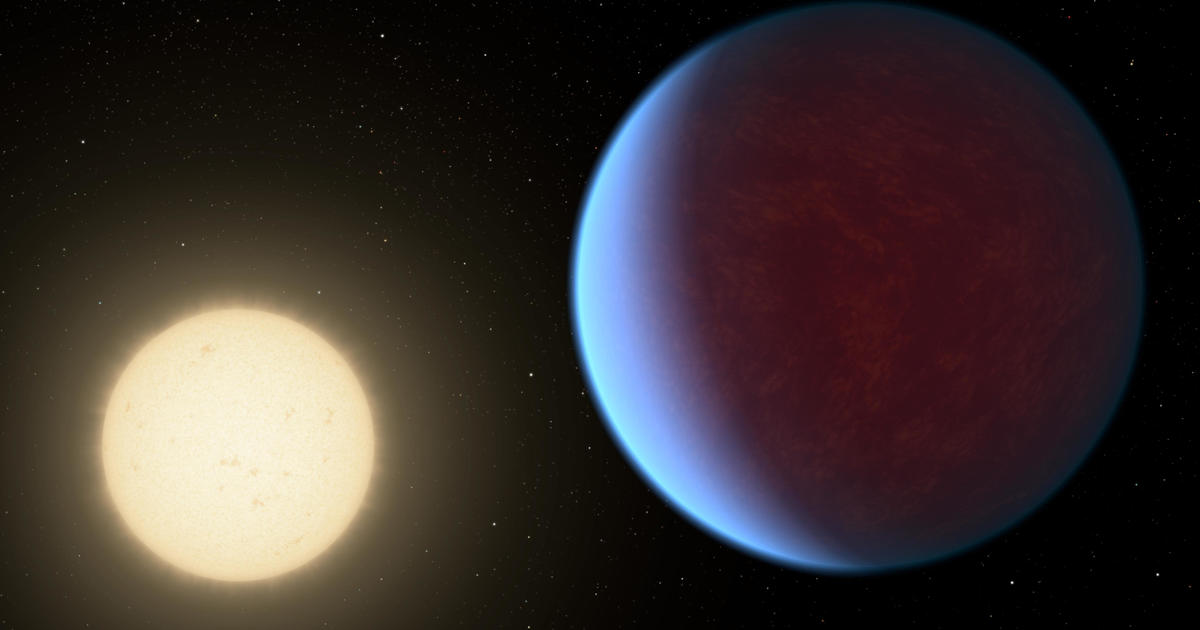SpaceX successfully launches — and lands — Starship prototype in milestone test flight
SpaceX launched its latest Starship prototype Wednesday evening, sending the methane-fueled rocket up to an altitude of about 6 miles. The craft then flipped over on its side in a now-familiar "belly-flop" maneuver and plunged back to Earth, righting itself and restarting its engines to stick an on-target touchdown.
The previous four test flights of a Starship prototype were only partially successful, all of them ending with spectacular explosions, either before, during or just after touchdown.
But the current prototype, known as SN15, appeared to pull off its first flight in fine fashion, a welcome milestone for SpaceX and for NASA, which is counting on a future variant of the rocket to carry astronauts to and from the surface of the moon in the agency's Artemis program.
Despite a low deck of clouds obscuring visibility, the retro-looking rocket blasted off at 6:24 p.m. EDT, climbing away from SpaceX's Boca Chica, Texas, manufacturing and flight test facility atop a jet of bluish exhaust.
Using three Raptor engines burning liquid methane and liquid oxygen, the rocket climbed straight away from its firing stand, knifing through the overcast sky and disappearing from view. But cameras on the rocket provided bird's eye views of the ascent, showing the ground falling away as SN15 gained altitude.
As with earlier test flights, the engines shut down, one at a time, as the Starship climbed. Then, after a brief hover at or near the planned maximum altitude of about 6 miles, the nose tipped over and the rocket began plunging back to Earth in a near-horizontal orientation.
Fins at the top and bottom of the rocket, actively controlled by the on-board flight computer, maintained the proper orientation as the prototype descended. Then, a few seconds before touchdown, the engines reignited, the nozzles swiveled to flip the prototype upright and it settled to a pinpoint landing on the power of a single Raptor.
The landing appeared to go as planned. While a fire broke out at the base of the rocket just after touchdown, a remotely operated water cannon doused the flames as residual propellant was vented overboard in a normal post-landing procedure.
"Starship landing nominal!" SpaceX founder Elon Musk tweeted after the prototype's touchdown.
An earlier flight ended in a similar fashion in March and then exploded about eight minutes after touchdown. This time around, the rocket survived intact.
"We have successfully landed in the landing zone, right on the concrete," said SpaceX launch commentator John Insprucker. "We do have a small fire at the base of the vehicle, not unusual with the methane fuel that we're carrying as we continue to work on the test vehicle design.
"But again, Starship 15, powered by three Raptor engines, we have successfully launched it from our facility in South Texas, landed after a routine flight where we shut engines down on the way to 10 kilometers, executed the horizontal unpowered descent and we got some great views of the engines lighting up as we came down at a nice, slow velocity onto the concrete landing pad," he said.
The launch and landing capped an extraordinary three weeks for SpaceX that started with the launch of a Crew Dragon capsule atop a Falcon 9 rocket on April 23 carrying four astronauts to the International Space Station. The company then brought four other astronauts back to Earth aboard another Crew Dragon on May 2.
Along the way, SpaceX launched two other Falcon 9s on April 28 and May 4, each one carrying 60 Starlink internet relay satellites, pushing the total launched to date to 1,565.
The Starship 15 launch, while a prototype test flight, was significant because it marked the first takeoff and landing success for a vehicle SpaceX is developing for eventual flights to the moon and beyond.
The Starship system features a 230-foot-tall "Super Heavy" first stage generating 16 million pounds of thrust with 28 Raptor engines, more than twice the power of NASA's legendary Saturn 5 moon rocket. A first-stage prototype has not yet been launched.
The rocket's 160-foot second stage, also confusingly known as Starship, will use a half-dozen Raptor engines capable of boosting 100 tons of payload to low-Earth orbit. The prototypes launched to date on high-altitude test flights have featured just three Raptors.
SN15 featured a variety of improvements and upgrades, including an enhanced avionics suite, an updated propellant architecture and a different Raptor design, although no details were provided.
"A controlled aerodynamic descent with body flaps and vertical landing capability, combined with in-space (refueling), are critical to landing Starship at destinations across the solar system where prepared surfaces or runways do not exist, and returning to Earth," SpaceX said on its website.
"This capability will enable a fully reusable transportation system designed to carry both crew and cargo on long-duration, interplanetary flights and help humanity return to the Moon, and travel to Mars and beyond," the company said.







